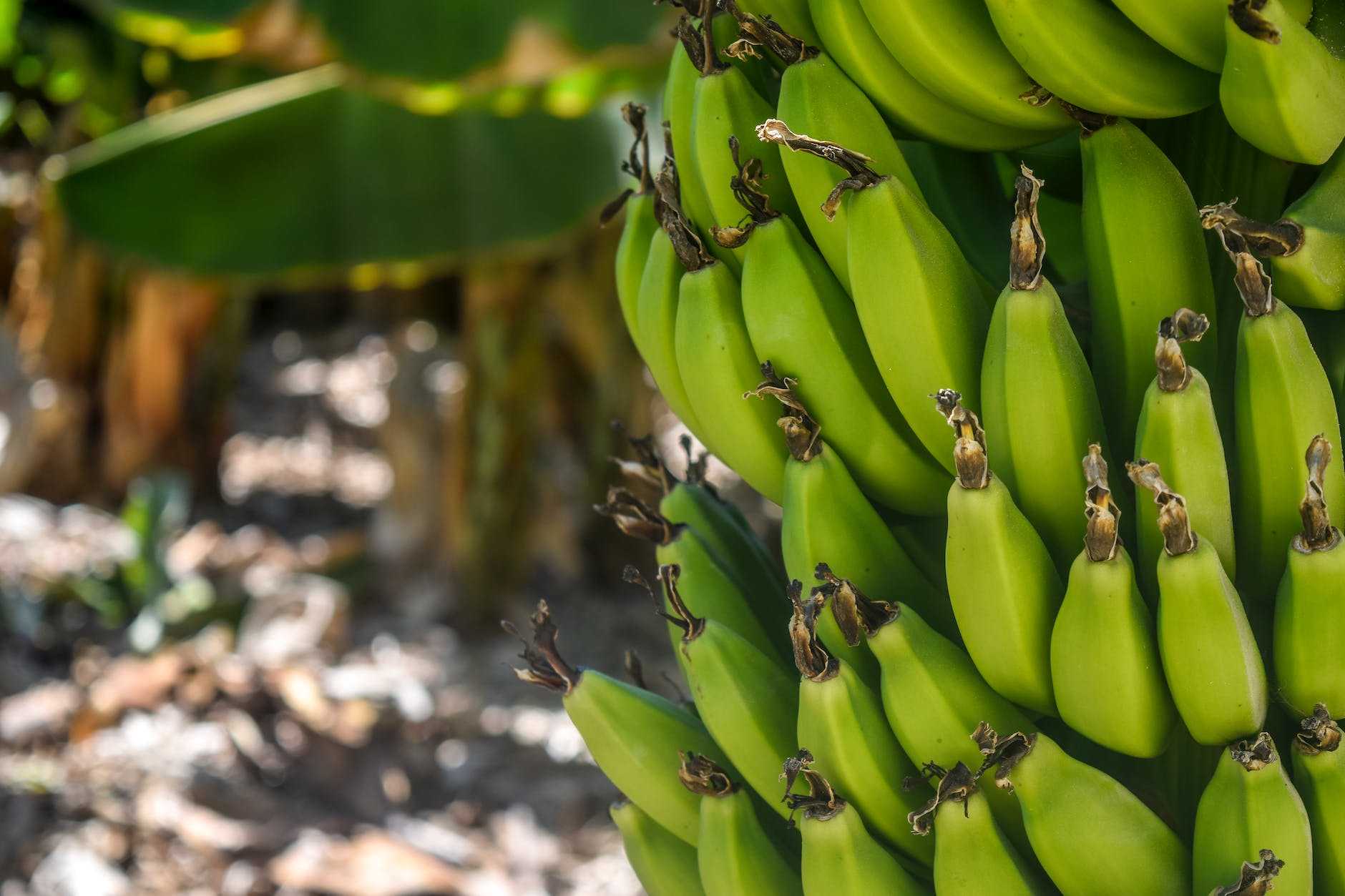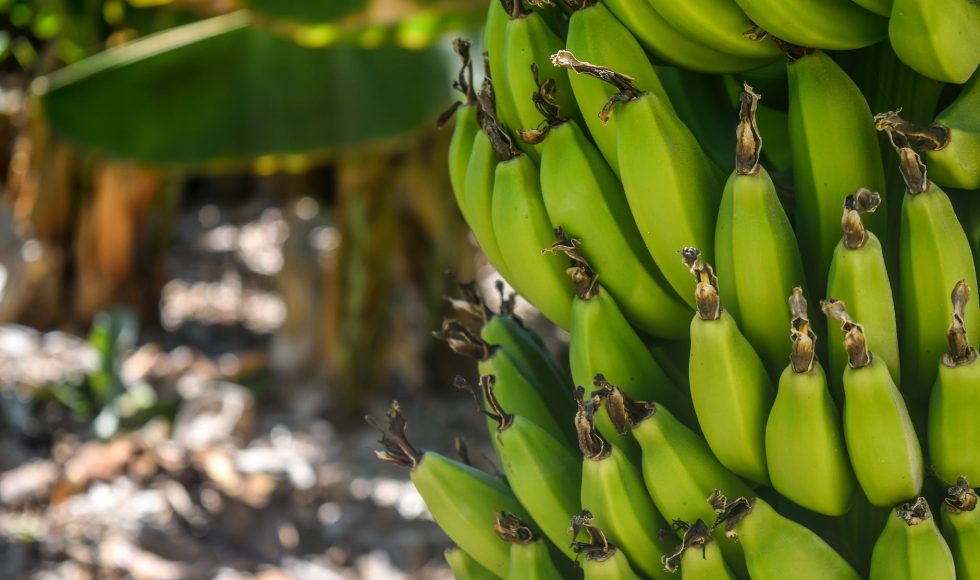Luca Degradi from the University of Milan in Italy presented at London Calling 2021 about “Chromosome-level genome assembly of Fusarium musae using MinION.” They described this organism as a “cross-kingdom pathogen” reported by the HUPLANTcontrol program in Europe. The organism can infect bananas and humans! The first infection seems to have been a human. At the time of recording, there were 41 genomes submitted at the chromosome level and one telomere-to-telomere assembly using the keyword “Fusarium.” Using a hybrid approach, the team produced a telomere-to-telomere assembly of an isolate from bananas from the Dominican Republic. Telomeric regions were identified for all chromosomes, and reads were improved with short reads. The team used MIN 106 and the ligation sequencing kit for the long-read sequencing approach. The assembly before and after short read correction was compared. The number of chromosomes was very similar. Degradi compared several assemblies of Fusarium. The long-read-based assembly produced a very contiguous assembly compared to the short-read assembly. The mitochondrial DNA was assembled with long reads. The Flye assembler was used and can identify circular structures. Once the mitochondrial DNA was assembled, the research team tried to determine the minimum amount of reads needed to assemble the mtDNA from a single MinION run. Degradi concluded that the use of Oxford Nanopore Technologies (ONT) and the MinION facilitated the assembly of this and other fungal pathogens. I was impressed that they were able to assemble with average reads of ~4kb. The MinION alone, Degradi said, can be used to assemble small fungal genomes.



